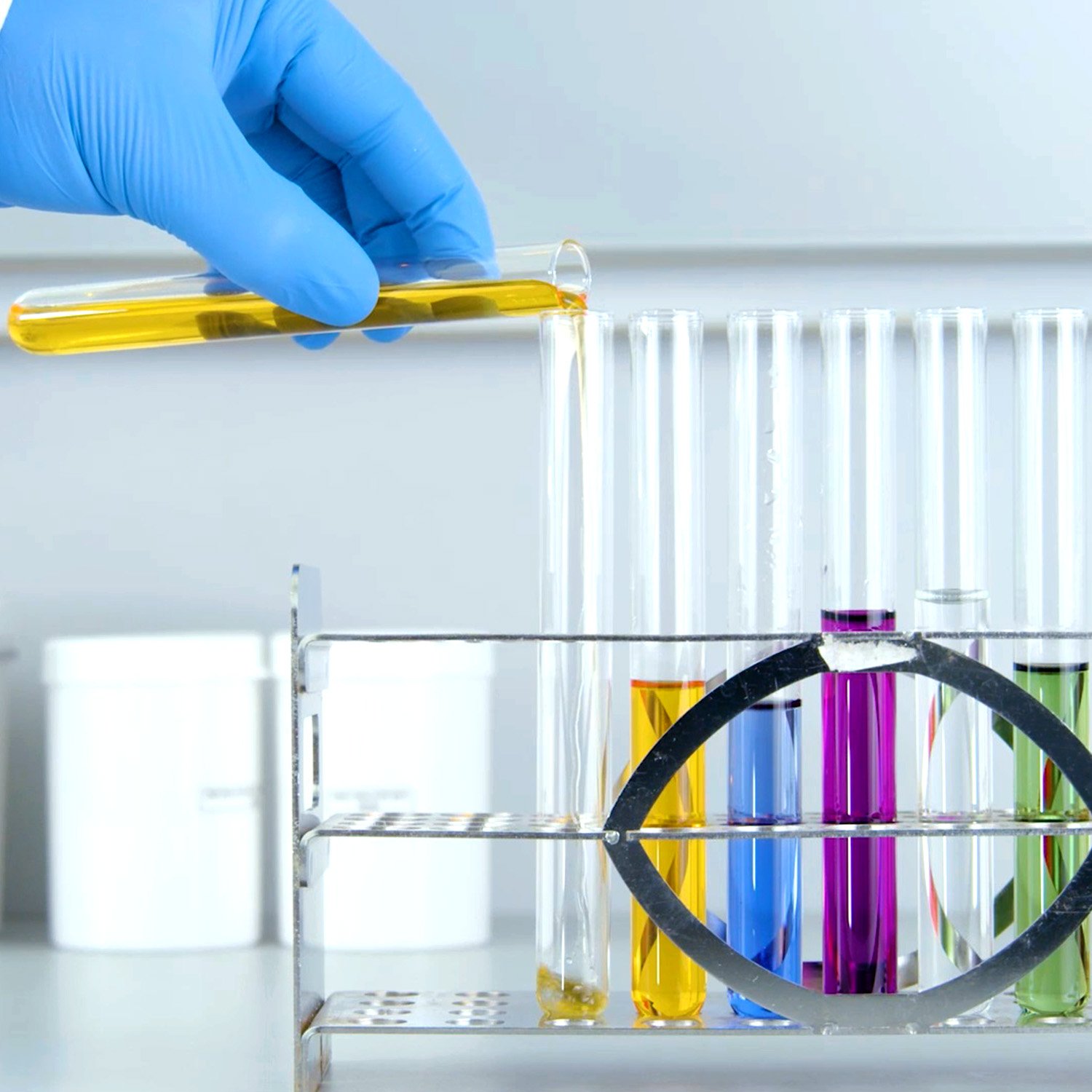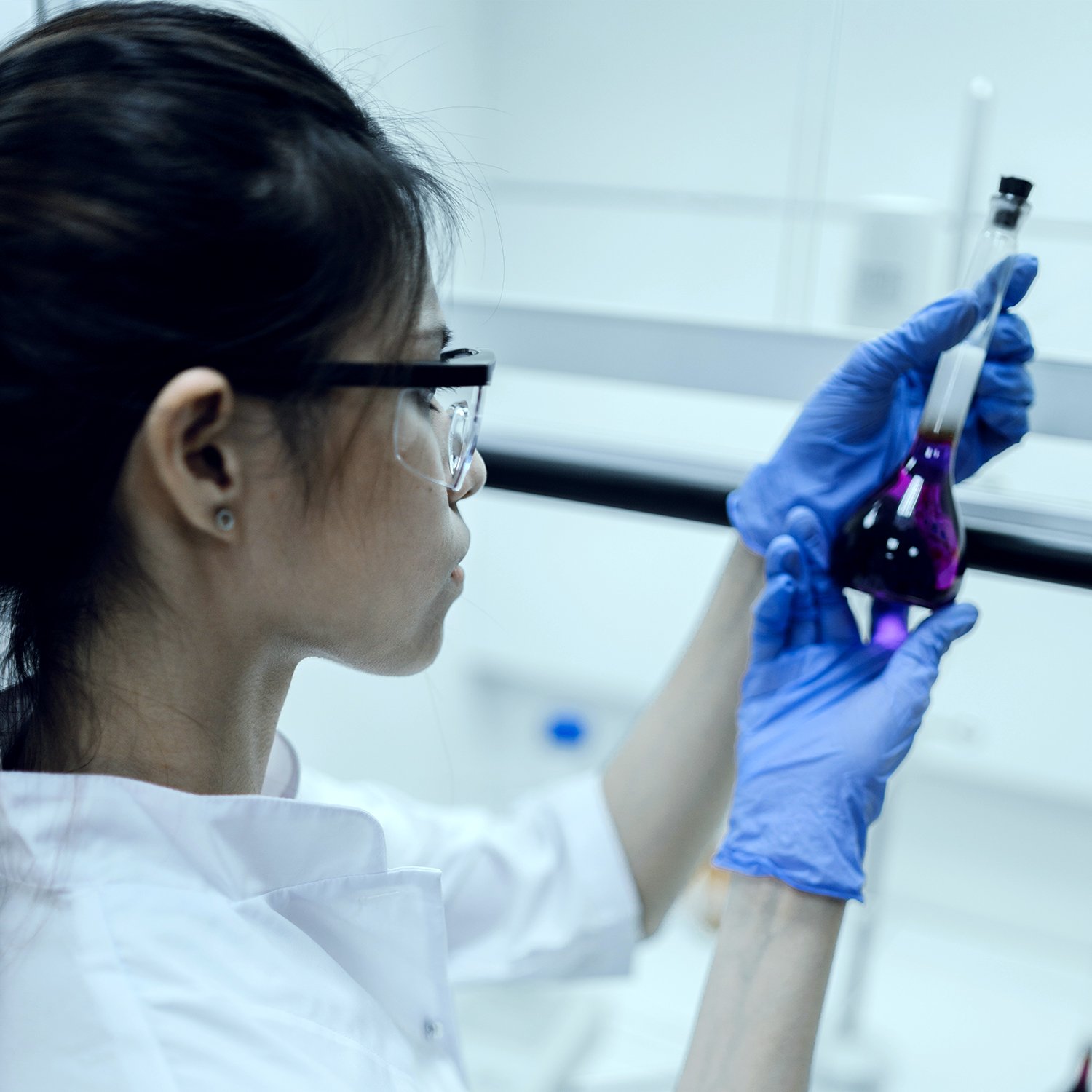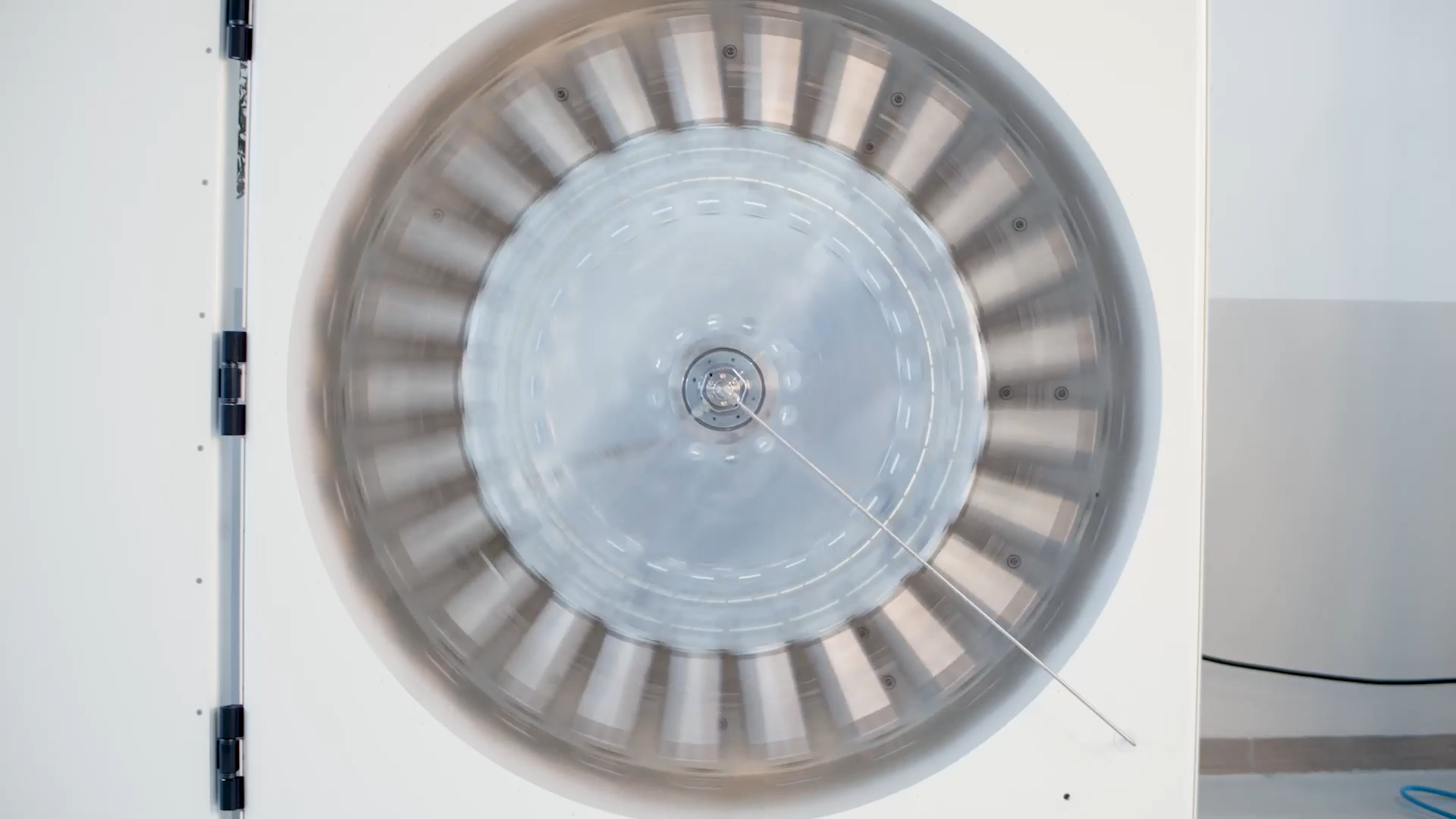Chromatography made simple

Understand chromatography easily
‘An Introduction to Chromatography’ is RotaChrom’s series exploring the basics of chromatography. It analyzes the basics first and slowly progresses towards more complex topics, such as Centrifugal Partition Chromatography.
The goal is to make chromatography a digestible, easy to understand topic, so that anyone, even without a science degree, can get a grasp of the subject. We divided the bigger topics into five different parts, each dealing with two aspects of the chromatographic process.
By the end of the series, you should have a grasp of the workings behind chromatography in general, and have an understanding of the different types of separation techniques in the field.
The Downstream Process
The downstream process is a chain of purification steps. It's aim is to guarantee the purity of the product that comes out at the end of the chain after going through all the downstream steps. There are many different methods of purification. These range from simple mechanical principles to more involved methods.
For more basic processes, purifying with 'mechanical' principles is enough most of the time. These can be:
- Filtration- Sieving
- Centrifugation
- Dust separation
These principles are the 'heavy lifting' steps in downstream. Once these steps are finished, it is advised to refine the purified product with more delicate approaches. Chromatography, for example, is one of these more involved methods.
Download your full white paper here.
To help you in your chromatographic journey, we would like to offer you a free white paper which includes all the knowledge about chromatography and its different types that our team of qualified experts collected throughout the years.
Please complete the form below to download your free white paper.

Chromatography Process Steps
Chromatography is defined as a "physical method of separation in which the components of a mixture to be separated are distributed between two phases, one of which is stationary (stationary phase) while the other (the mobile phase) moves in a definite direction." In short, in the chromatography, the components are divided into two media:
- Stationary phase
- Mobile phase
They are called stationary and mobile because of another element affecting chromatography, called "driving force". Because of the driving force (which can be many different thinks, like pressure difference, as an example) the mobile phase travels through the system and carries sample components with it after the injection of the sample. The stationary phase won't move during the process.
Components in stronger reaction with the stationary phase are more retained and move through the system in a slower pace than components with weaker interactions. The result of this is a difference in the time for the components to travel through the system.
What are the different types and methods of chromatography?
Some chromatographic method examples are:
Chromatography methods exploiting the driving force of the mobile phase (e.g., gravity, capillary force, electric field)
- Methods that are based on the nature of the phases used (stationary phase: solid/liquid; mobile phase: gas/liquid/supercritical fluid)
- Methods exploiting the geometry of the chromatographic device (e.g., planar, column)
- Chromatography that uses the interaction of the solutes with the stationary phase (e.g., physicochemical, biospecific)
Some examples of chromatographic techniques:
- High-Performance Liquid Chromatography (HPLC Chromatography)- Supercritical Fluid Chromatography (SFC Chromatography)
- Flash Column Chromatography
- Centrifugal Partition Chromatography
- Gas Chromatography
- Liquid Chromatography Mass Spectrometry

RotaChrom brings industrial-scale CPC solutions to businesses and researchers
What we covered so far is just a taste of what's to come.
If you're ready to learn more, complete the form above, and grab your free copy of RotaChrom's 'Introduction to Chromatography White Paper'. This paper covers 4 more chapters (5 in total) besides an even more detailed chapter about what we covered above.
RotaChrom Technologies developed the world’s first industrial-scale centrifugal partition chromatography technology platform. Our instruments revolutionized the applications of liquid chromatography by providing cost-effective industrial-scale chromatography solutions to customers all over the world in various industries, including pharmaceutical, nutraceutical and botanical extracts.
RotaChrom’s CPC platforms are effective solutions when looking for a high-purity, high-capacity, cost-effective and environmentally conscious solution. RotaChrom, with its in-house research laboratory employing world class PhD chemists, engineers and leading business professionals on multiple continents, is the best partner in purification.
Our portfolio includes:
- The rCPC platform for pilot-scale centrifugal partition chromatography tasks within a laboratory environment. It is ideal for all batch sizes, smaller or larger, or campaign type of research work, and continuous-batch production.- The iCPC platform, which is the largest commercially available centrifugal partition chromatography instrument in the world. It is designed for industrial-scale purification projects in continuous batch operation mode.

